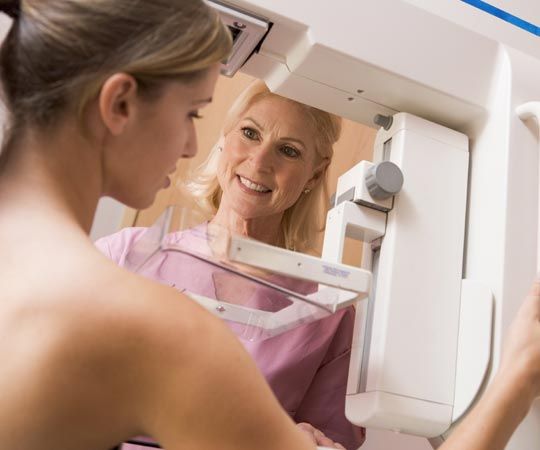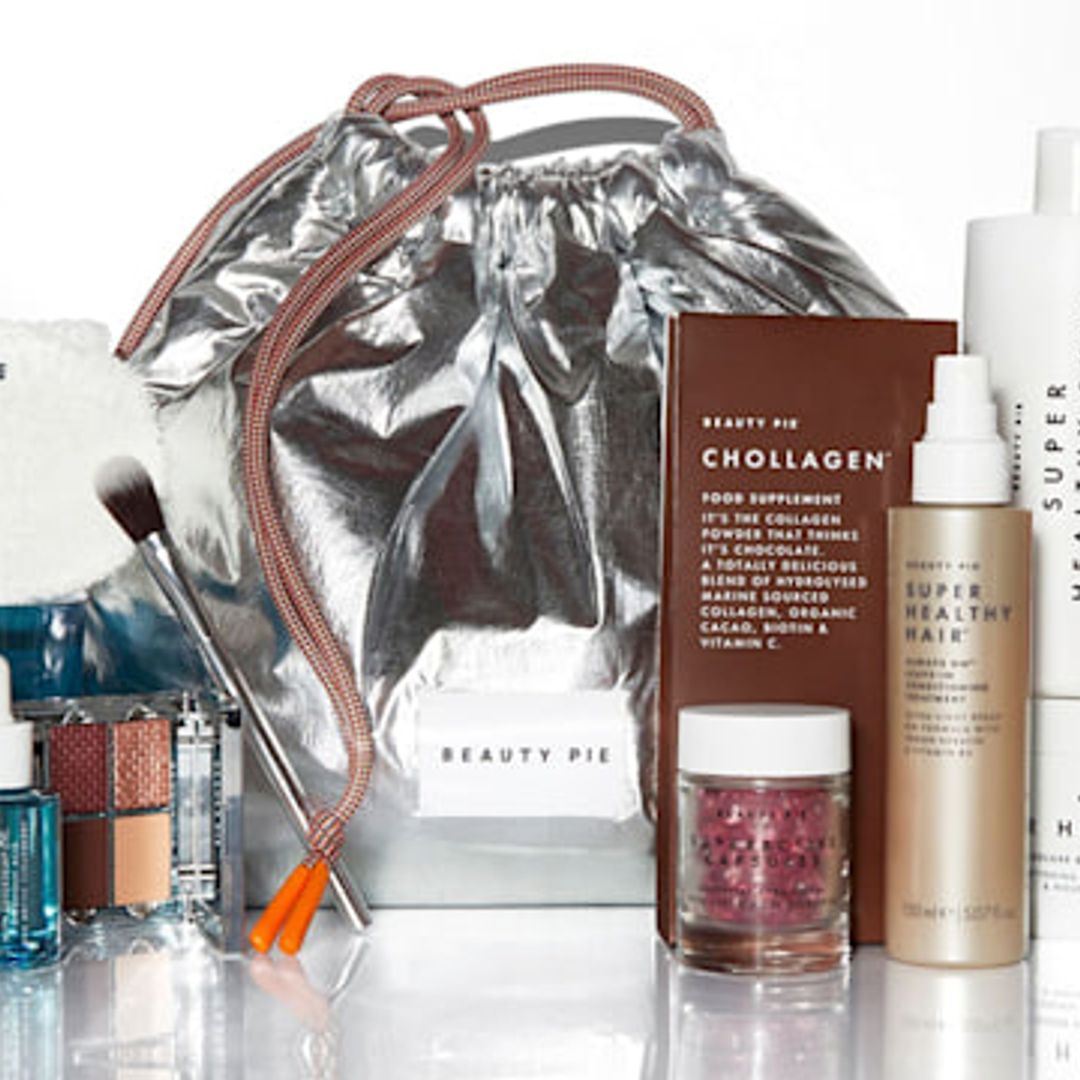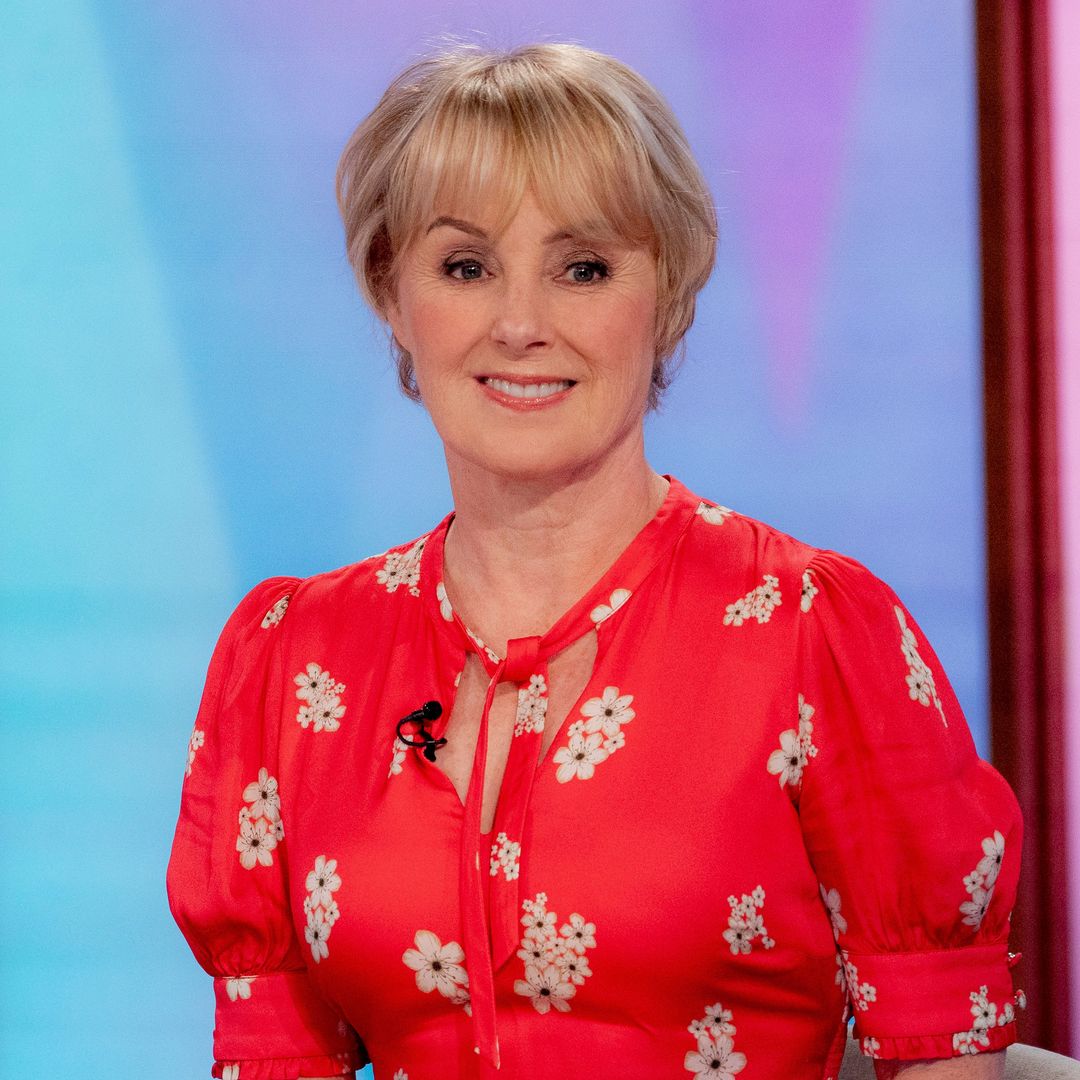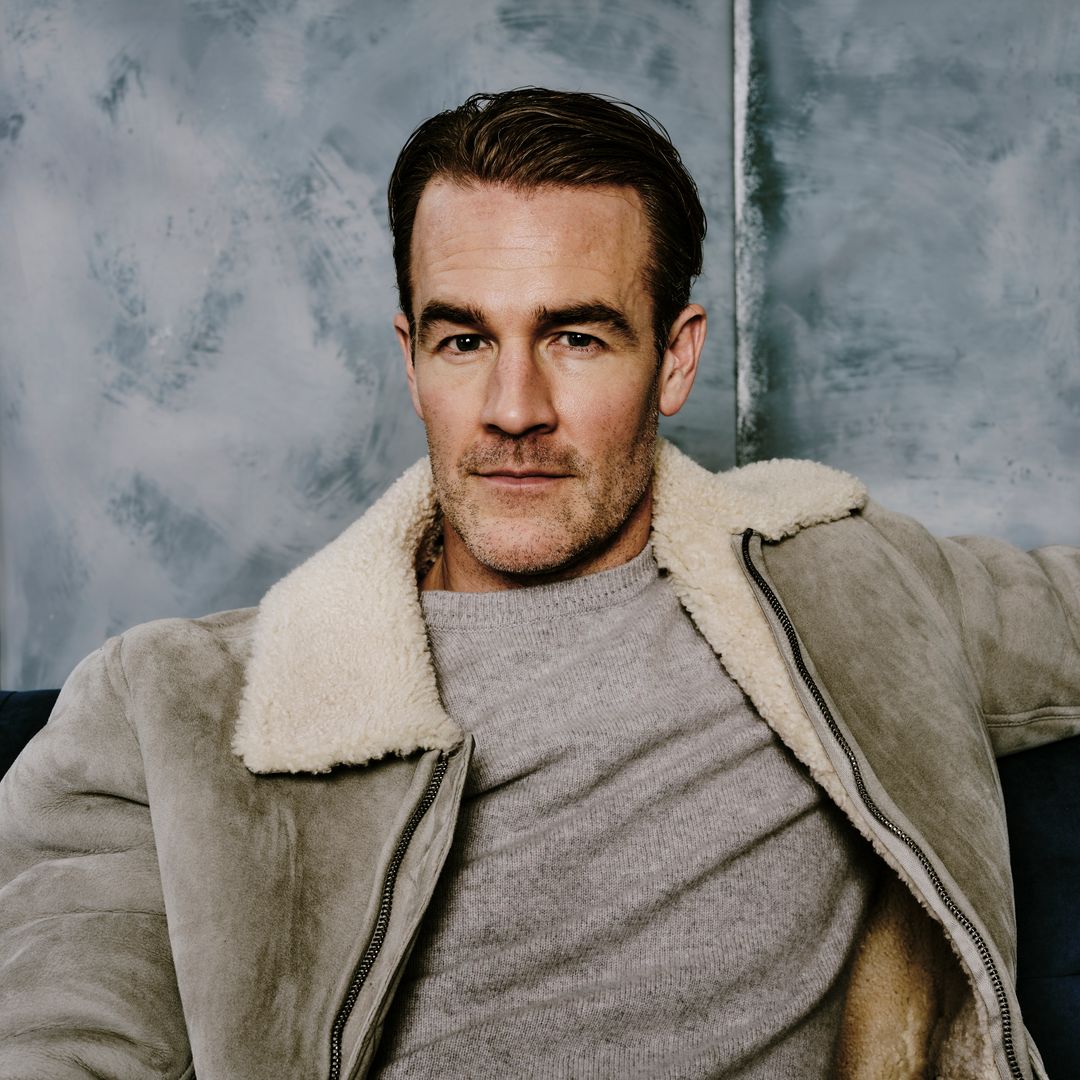According to the latest figures, one in eight British women develop breast cancer at some point in their lives.But the survival rates are improving. Of the 50,000 people who are newly diagnosed with the disease each year, more than 75 per cent will survive for ten years or more thanks to improved treatment and earlier detection.Kylie Minogue, who went under chemotherapy at the age of 36, is just one among the many famous faces to have survived the battle against breast cancer, alongside Sex and the City star, Cynthia Nixon and Grease actress, Olivia Newton John.
When Sheryl Crow found out about her distressing diagnosis in October 2006, she stoically proclaimed that she was "a walking advertisement for early detection” and promoted the success of routine check-ups for tackling early forms of cancer.Having caught the suspicious problem areas on a routine mammogram, the country singer immediately postponed a tour and had seven weeks of intensive treatment before returning back to full health.
To beat cancer it's vital to get regular check-ups like Sheryl, and remember that to have knowledge is to be aware. Here are just a few of the myths about breast cancer that have been debunked…
Only women with a family history of breast cancer are at riskRoughly 70 per cent of women diagnosed with breast cancer have no genetic links to developing the disease. But if a first-degree relative (a parent, sibling, or child) has had or has breast cancer, your risk of developing the disease approximately doubles.
Breast cancer always comes in the form of a lumpBecause cancerous cells can spread to lymph nodes and cause swelling in other regions a tumour in the breast may not be felt before a mammogram can source the problem.
And, although checking for lumps is a good way of finding abnormalities, women should also be aware of other symptoms. These include swelling; skin irritation or dimpling; breast or nipple pain; nipple retraction (turning inward); or thickening of the nipple or breast skin.
If you're at risk for breast cancer, there's little you can do but watch for the signsIn fact, there's a lot that women can do to lower their risk of cancer. This includes keeping an eye on your BMI, getting regular exercise, and lowering alcohol consumption whilst being rigorous about examining your breasts, and having regular mammograms.Small breasts have less chance of getting cancerEven though larger breasts are more difficult to examine as a result of their size, there's no connection between the size of your breasts and your risk of getting breast cancer. But all women, regardless of breast size, should commit to routine screenings and checkups.
False causes of breast cancerMany publications and worrying gossip have suggested that mobile phones, antiperspirants, tanning and even milk all cause breast cancer. Although tanning in the sun does increase the risk of skin cancer there is no evidence that these factors increase the risk of breast cancer.










